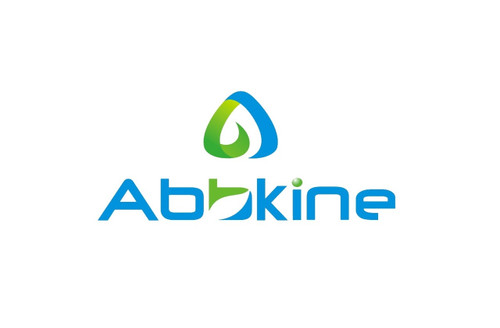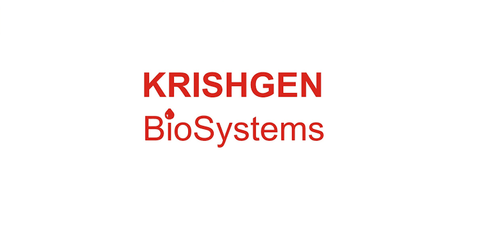Product Description
Human UV excision repair protein RAD23 homolog B (RAD23B) ELISA Kit | KTE60985 | Abbkine
Application: This Human UV excision repair protein RAD23 homolog B (RAD23B) ELISA Kit employs a two-site sandwich ELISA to quantitate RAD23B in samples. An antibody specific for RAD23B has been pre-coated onto a microplate. Standards and samples are pipetted into the wells and anyRAD23B present is bound by the immobilized antibody. After removing any unbound substances, a biotin-conjugated antibody specific for RAD23B is added to the wells. After washing, Streptavidin conjugated Horseradish Peroxidase (HRP) is added to the wells. Following a wash to remove any unbound avidin-enzyme reagent, a substrate solution is added to the wells and color develops in proportion to the amount of RAD23B bound in the initial step. The color development is stopped and the intensity of the color is measured.
Detection Method: Colorimetric
Conjugate: N/A
Sample Type: Cell culture supernatants#Serum#Plasma#Other biological fluids
Assay Type: Multiple steps standard sandwich ELISA assay with a working time of 3-5 hours. It depends on the experience of the operation person.
Kit Component: • Human UV excision repair protein RAD23 homolog B microplate
• Human UV excision repair protein RAD23 homolog B standard
• Human UV excision repair protein RAD23 homolog B detect antibody
• Streptavidin-HRP
• Standard diluent
• Assay buffer
• HRP substrate
• Stop solution
• Wash buffer
• Plate covers
Features & Benefits: Human UV excision repair protein RAD23 homolog B (RAD23B) ELISA Kit has high sensitivity and excellent specificity for detection of Human RAD23B. No significant cross-reactivity or interference between Human RAD23B and analogues was observed.
Calibration Range: Please inquire
Limit Of Detection: Please inquire
Usage Note: • Do not mix components from different kit lots or use reagents beyond the kit expiration date.
• Allow all reagents to warm to room temperature for at least 30 minutes before opening.
• Pre-rinse the pipet tip with reagent, use fresh pipet tips for each sample, standard and reagent to avoid contamination.
• Unused wells must be kept desiccated at 4 °C in the sealed bag provided.
• Mix Thoroughly is very important for the result. It is recommended using low frequency oscillator or slight hand shaking every 10 minutes.
• It is recommended that all samples and standards be assayed in duplicate or triplicate.
Storage Instruction: The unopened kit should be stored at 2 - 8°C. After opening, please store refer to protocols.
Shipping: Gel pack with blue ice.
Precaution The product listed herein is for research use only and is not intended for use in human or clinical diagnosis. Suggested applications of our products are not recommendations to use our products in violation of any patent or as a license. We cannot be responsible for patent infringements or other violations that may occur with the use of this product.
Background: RAD23B is one of two human homologs of Saccharomyces cerevisiae Rad23, a protein involved in the nucleotide excision repair (NER) . This protein was found to be a component of the protein complex that specifically complements the NER defect of xeroderma pigmentosum group C (XP-c) cell extracts in vitro. This protein was also shown to interact with, and elevate the nucleotide excision activity of 3-methyladenine-DNA glycosylase (MPG), which suggested a role in DNA damage recognition in base excision repair. This protein contains an N-terminal ubiquitin-like domain, which was reported to interact with 26S proteasome, and thus this protein may be involved in the ubiquitin mediated proteolytic pathway in cells.
Alternative Names: RAD23B; RP11-131A5.1; HHR23B; HR23B; P58; RAD23; yeast homolog of; B; UV excision repair protein RAD23 homolog B; XP-C repair complementing complex 58 kDa; XP-C repair complementing protein
Search name: RAD23B; RP11-131A5.1; HHR23B; HR23B; P58; RAD23; yeast homolog of; B; UV excision repair protein RAD23 homolog B; XP-C repair complementing complex 58 kDa; XP-C repair complementing protein
Tag: RAD23B
 Euro
Euro
 USD
USD
 British Pound
British Pound
 NULL
NULL








